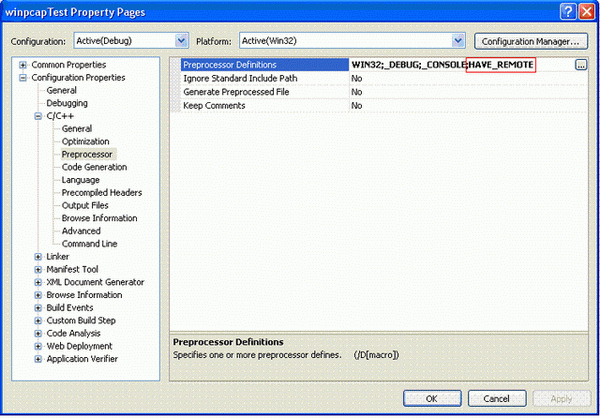
- #CAPTURE PACKETS WINDOWS HOW TO#
- #CAPTURE PACKETS WINDOWS INSTALL#
- #CAPTURE PACKETS WINDOWS SOFTWARE#
- #CAPTURE PACKETS WINDOWS FREE#
Check the iPhone connects to VPN and routes it's traffic through (google what's my IP should return the VPN server IP when you run it on iPhone).I then emailed this to my iphone and picked installed it. Note that I had to do this in Mac with text editor, when I used notepad.exe on Win it didn't work. You can embed your ca, crt & key files by opening up and embedding the - BEGIN CERTIFACTE - END CERTIFICATE - in blocks.
#CAPTURE PACKETS WINDOWS FREE#
I did this by downloading the free OpenVPN software.
#CAPTURE PACKETS WINDOWS HOW TO#
Thre is a blogpost by Omer Levi Hevroni on OWASP ZAP with iOS which goes into significantly more detail on how to do these steps.

#CAPTURE PACKETS WINDOWS INSTALL#
Install ZAP's root CA certificate on your iOS device.However there is now OWASP ZAP which is a fork of Paros and can be used to achieve the same ends. OR, you could just get a Mac and do it natively.Update (): Paros no longer can be easily installed and run on many OS's due to using an extremely old version of Java.

OmniPeek ($2k WiFiNigel shows how to use a WLANPi as an external packet capture device for Windows ($75 US). now supports native Windows Monitor Mode! - ( List of supported NICs) ($800.00 US) Also, will soon have support for WLAN-Pi! TamoSoft CommView ($499 US) (Thanks Eye P.A.
#CAPTURE PACKETS WINDOWS SOFTWARE#
Linux and MacOS have been the only ways to cheaply get access to RF Monitor mode without spendy software and hardware, like Omnipeek and the AirPcap Nx.īut, not everyone uses Linux, or Mac OS. Fortunately, and fairly recently, there are more and more ways to get RF Monitor mode in Windows. Here are some relatively inexpensiveoptions (NOT an exhaustive list) to perform an RF Monitor Mode wireless packet capture in Windows using relatively inexpensive hardware. You’d be lucky to find a used one on eBay. And the AirPcap NX is no longer manufactured. And for years, AirPcap Nx was the main NIC folks used for pcap'ing WLANs with Wireshark. There are some great tools out there like OmniPeek (which I use), the gold standard for Windows packet analysis. Historically, it's been an expensive proposition. In Windows, you cannot effectively analyze wireless frames, because you are unable to put the wireless NIC in "RF Monitor Mode" - that is the mode in which the wireless NIC can see ALL 802.11 frames in the air, not just ones intended for itself.


 0 kommentar(er)
0 kommentar(er)
